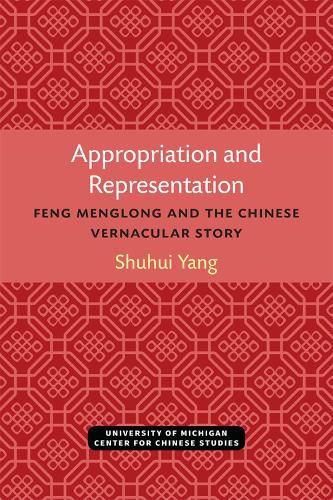Readings Newsletter
Become a Readings Member to make your shopping experience even easier.
Sign in or sign up for free!
You’re not far away from qualifying for FREE standard shipping within Australia
You’ve qualified for FREE standard shipping within Australia
The cart is loading…






Feng Menglong (1574-1646) was recognized as the most knowledgeable connoisseur of popular literature of his time. He is known today for compiling three famous collections of vernacular short stories, each containing forty stories, collectively known as Sanyan.
Appropriation and Representation adapts concepts of ventriloquism and dialogism from Bakhtin and Holquist to explore Feng’s methods of selecting source materials. Shuhui Yang develops a model of development in which Feng’s approach to selecting and working with his source materials becomes clear.
More broadly, Appropriation and Representation locates Feng Menglong’s Sanyan in the cultural milieu of the late Ming, including the archaist movement in literature, literati marginality and anxieties, the subversive use of folk works, and the meiren xiangcao tradition-appropriating a female identity to express male frustration. Against this background, a rationale emerges for Feng’s choice to elevate and promote the vernacular story while stepping back form an overt authorial role.
$9.00 standard shipping within Australia
FREE standard shipping within Australia for orders over $100.00
Express & International shipping calculated at checkout
Feng Menglong (1574-1646) was recognized as the most knowledgeable connoisseur of popular literature of his time. He is known today for compiling three famous collections of vernacular short stories, each containing forty stories, collectively known as Sanyan.
Appropriation and Representation adapts concepts of ventriloquism and dialogism from Bakhtin and Holquist to explore Feng’s methods of selecting source materials. Shuhui Yang develops a model of development in which Feng’s approach to selecting and working with his source materials becomes clear.
More broadly, Appropriation and Representation locates Feng Menglong’s Sanyan in the cultural milieu of the late Ming, including the archaist movement in literature, literati marginality and anxieties, the subversive use of folk works, and the meiren xiangcao tradition-appropriating a female identity to express male frustration. Against this background, a rationale emerges for Feng’s choice to elevate and promote the vernacular story while stepping back form an overt authorial role.